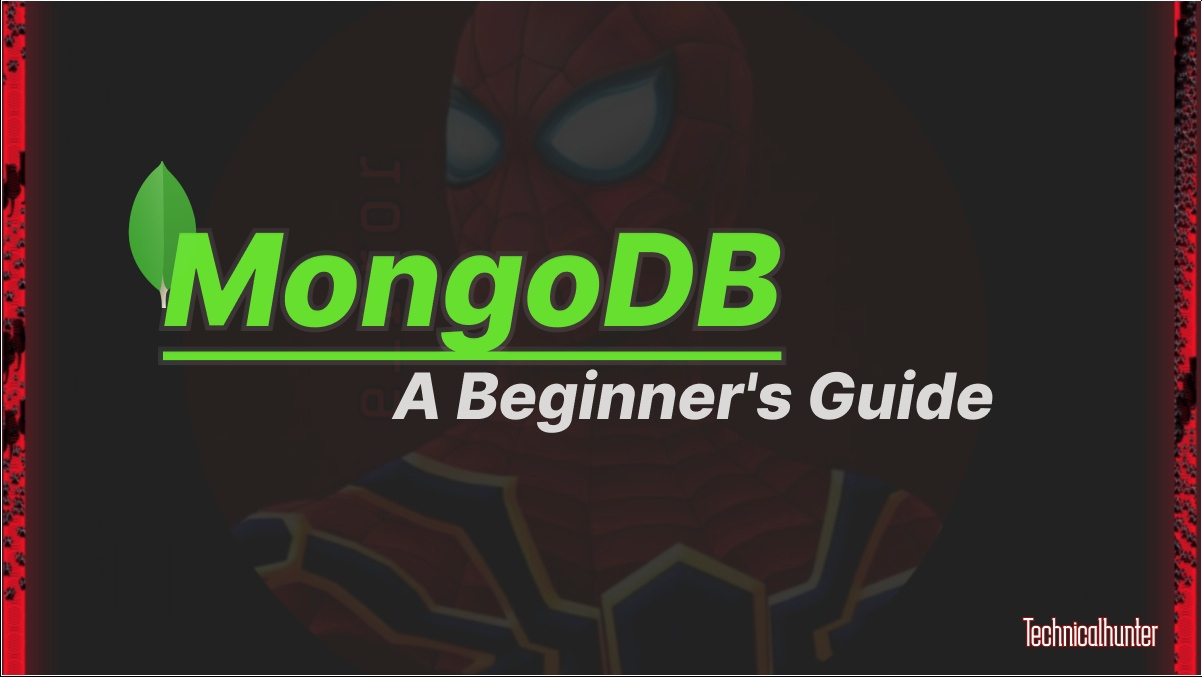MongoDB: Your NoSQL Database Companion
Welcome to our comprehensive guide to MongoDB, a popular NoSQL database renowned for its flexibility and scalability. In this article, we'll delve into the core concepts, key features, and practical applications of MongoDB.
I say , MongoDB is a popular database that stores data in flexible JSON-like documents. It's known for its scalability, performance, and ease of use. MongoDB is widely used in various applications, including web development, mobile apps, and data analytics. Its schema flexibility allows for rapid development and easy data modeling.
MongoDB is like a digital filing cabinet. Instead of rigid folders, you can store information in flexible documents. This makes it easy to add, remove, or change data. Think of it as a place where you can store anything, from customer information to sensor readings.
Benefits we get from MongoDB:
- Flexibility: Its schema-less design allows you to easily adapt to changing data structures.
- Scalability: It can handle large volumes of data and scale horizontally as needed.
- Performance: MongoDB is optimized for high-performance operations, especially for read-heavy workloads.
- Document-oriented: Its document-oriented model aligns well with modern application architectures.
- Rich query language: MongoDB provides a powerful query language for complex data manipulation.
- Integration: It integrates seamlessly with popular programming languages and framework
this was the simple and understandable information i provide you on this article, from the upcoming parts of MongoDB topics the following agenda i will provide to you guys,
1)Beginners guide
2)Installation MongoDB
3)Document Structure
4)Collections and Databases
5)MongoDB Shell
with love,
YASH(technicalhunter004)
Tags
MongoDB

